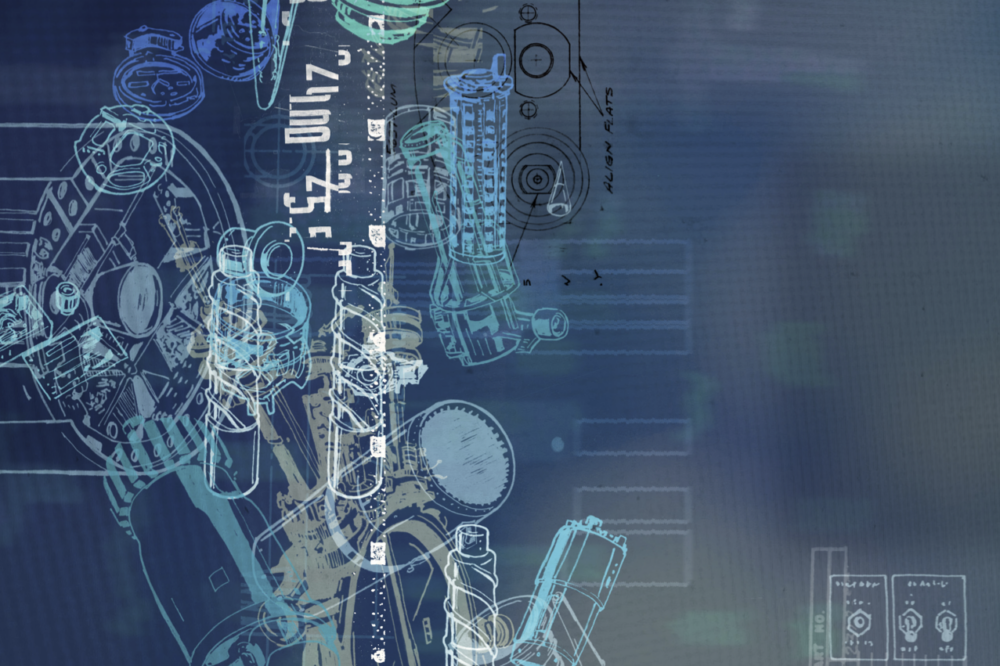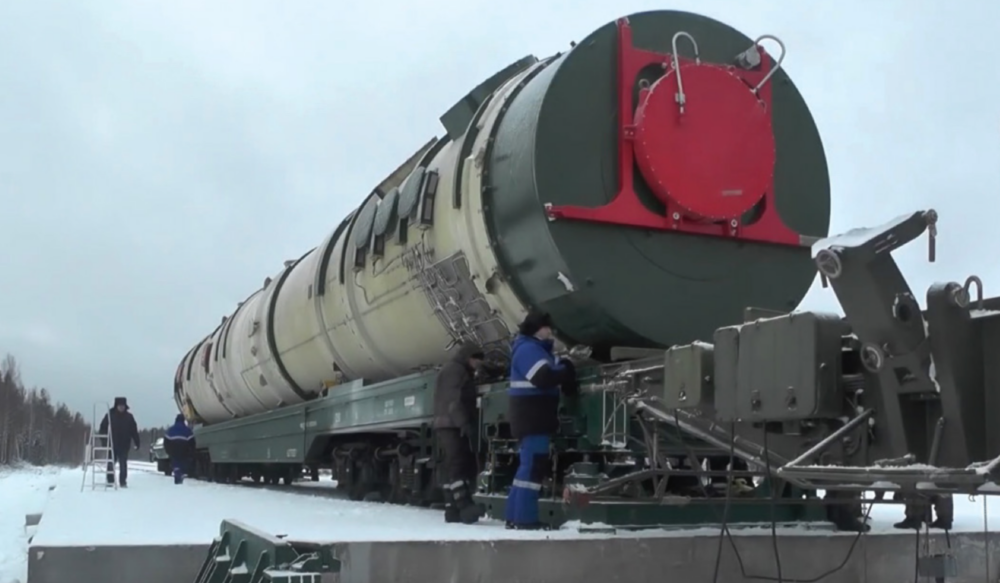
Jeffrey Lewis
Director of the East Asia Nonproliferation Program, The James Martin Center for Nonproliferation Studies
How did commercial satellite imagery help us solve the Matiran mystery?
In the past few decades, we have become incredibly dependent on data-rich products for everyday life. There is an enormous amount of civil data – weather data, traffic data, and so on – that can also help analyze nonproliferation problems.
We have come to expect, for example, that our cell phones contain not only accurate maps of roads, but that they also tell us what the traffic is like. How do they do that? Each cell phone is a sensor that tells your mapping software where it is and how fast it is moving. If your phone is sitting in traffic, with lots of other phones, mapping software shows that there is a traffic jam.
In other cases, the government collects the data. In the United States and Japan, the government collects and publishes real-time seismic data to help predict tsunamis and aid scientists studying earthquakes. Airplanes, for example, can’t operate safely unless they are tracked with ground radar. That data can be used in other ways, though. Airlines don’t always like to be honest about how late your flight will be. How many times have you looked at your flight information to see that your flight is “delayed.” There are websites, such as Flight Tracker, that allow you to see exactly where your airplane is and work out whether you are likely to miss your connection.
This data has real implications for nonproliferation. Earthquake data can reveal nuclear tests. In July 2012 the National Nuclear Security Administration (NNSA) conducted the third seismic “Source Physics Experiment” (SPE) – detonating 1 metric ton of conventional explosives at the Nevada Test site. [1] Before NNSA could announce the event, the regional seismic network maintained by the University of Nevada-Reno detected the event, assigned it a magnitude of 2.2 (corresponding to a yield of 1 ton), assigned it a zero depth of burial (< 1 km), determined that the event was an explosion rather than an earthquake, and assigned a location of 37.224°N, 116.062°W. All these details turned out to be correct.
An anonymous amateur seismic sleuth in the United States, who we will call “Mr. Baker,” checks the catalog each day for such events. On that morning, “Mr. Baker” noticed the event and emailed a member of the U.S. nongovernmental community interested in arms control. A few members of the arms control community were able to use the size of the event and its location to determine that it was the third in the SPE series of explosions. The stated purpose of SPE-3 was to “advance the U.S.’s ability to detect and discriminate low-yield nuclear explosions amid the clutter of conventional explosions and small earthquake signals.” SPE-3 was successful in another important way. SPE-3 also demonstrated the role that publicly available regional seismic network data can play in supporting nuclear explosion monitoring.
You might use airplane flight-tracking data to determine if you are going to miss your connection at a busy airport. Analysts can use the same data to monitor the buildup of Russian forces in Syria. Although Russian military aircraft will turn off their transponders – such as when they fly through Iran en route to Syria – open source analysts have been able to reconstruct the process of supplying aircraft and equipment to a new Russian airbase being constructed in Syria.
How did commercial satellite imagery help us solve the Matiran mystery?
One of the most important civil data uses is the creation of accurate street maps. While most of us use proprietary mapping applications, such as Google Maps, there is a dedicated community of users who are building an open source street map – like Wikipedia meets Google Maps.
These individuals record the routes they take driving on their cell phones. They upload these routes or “traces” to Open Street Maps, which then uses the data to build open source maps.
In this case, we found an individual who had uploaded four traces showing him entering and leaving the alleged centrifuge facility on consecutive days. This illustration shows a “GPS trace” created by a European who visited the site in February 2013. The user traveled from a hotel in Tehran to the Matiran facility in question and uploaded the GPS trace of his route to Open Street Map. (He has since taken it down.) Despite claims by NCRI that the site is located within a “restricted military zone,” he took a car right into the site. Since the journey is time-stamped, we can tell he didn’t spend a bunch of time at checkpoints.
CNS was able to contact SK. His story checks out. Iran makes identification cards at the site. It also has a steady stream of foreign visitors. None of SK’s colleagues saw anything out of the ordinary. In addition to foreign firms working with Matiran, at least two international delegations have also visited the facility. Iran organized an October 2011 site visit by a delegation of National Civil Registration Organizations as part of a conference held in Tehran. Iran organized a second site visit, in April 2013, as part of a similar meeting. So there you have it: NCRI “found” a secret site producing identification cards that has been visited repeatedly by foreigners.
Next read about Social Media.
Sources:
[1] “NNSA Conducts Third Seismic Source Physics Experiment,” Press Release, July 24, 2012. Available at: https://nnsa.energy.gov.
Your are currently on
Sign up for our newsletter to get the latest on nuclear and biological threats.
With the Center for Advanced Defense Studies, NTI demonstrates the viability of using publicly available information and machine learning to detect nuclear proliferation.
Progress on nuclear arms limitation and reduction is at risk, learn more and dismantle a nuclear weapon in augmented reality. (CNS)
The first detailed, exclusively open-source assessment of the five new nuclear weapon systems announced by Russian President Vladimir Putin in 2018

